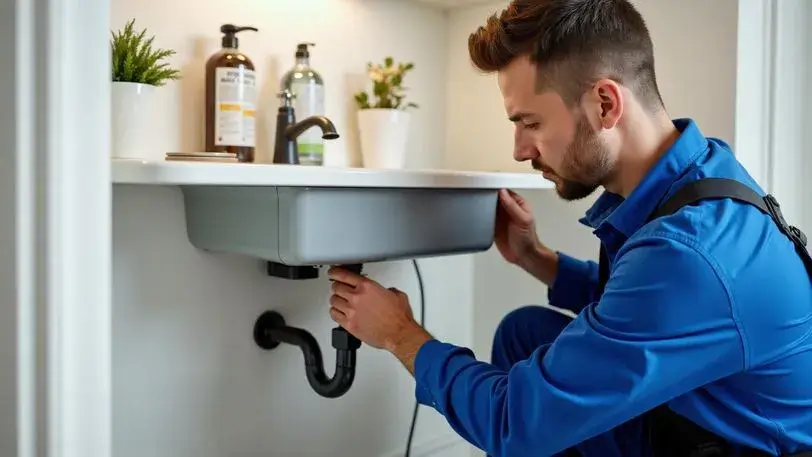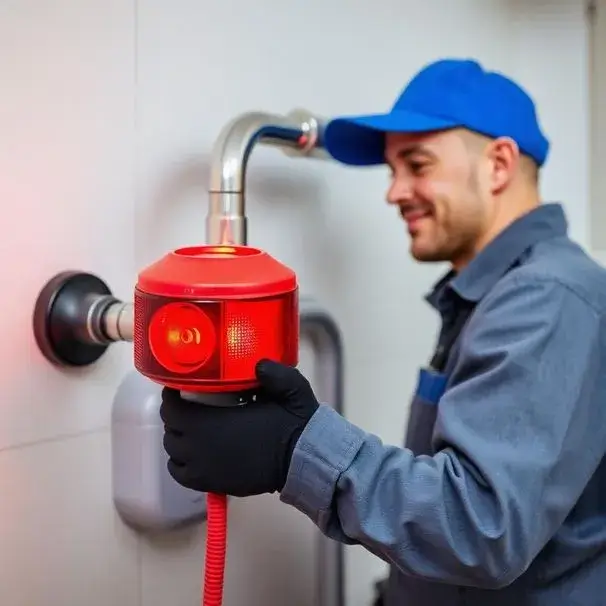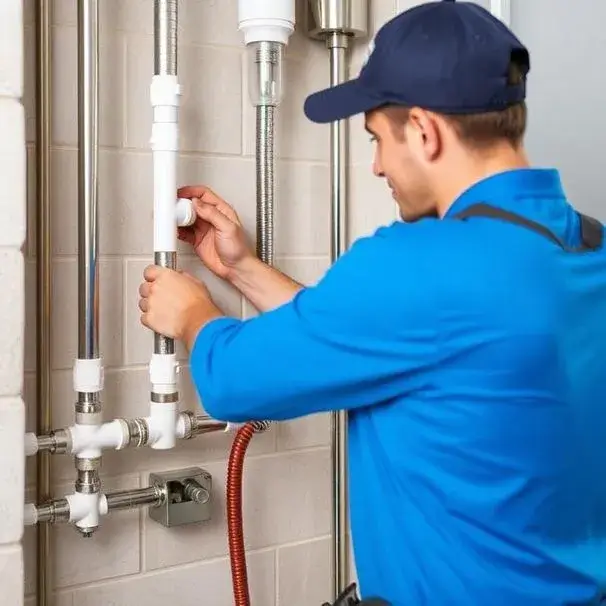Professional Plumbing Services
Expert Plumbing Solutions You Can Trust
24/7 Emergency Repairs • Reliable Service • Licensed & Insured
Our highly experienced plumbing technicians will quickly diagnose and solve your plumbing issues. We offer reliable repair, replacement, and installation services for a wide variety of plumbing systems and components.

Licensed & Insured
Fully certified professionals
24/7 Availability
Emergency service anytime
Experienced Team
Years of expertise
Quality Work
Satisfaction guaranteed
Our Plumbing Services
From emergency repairs to complete installations, we provide comprehensive plumbing services for your home or business.
Frequently Asked Questions
Find answers to common questions about our plumbing services
We serve residential and commercial customers across central and eastern Iowa including Des Moines, Cedar Rapids, Iowa City, Davenport, Waterloo, Dubuque, Ames and surrounding communities.
When you request service through the pay‑per‑call listing you connect immediately with a local plumber; you pay for the call or booking rather than browsing multiple providers, and the plumber will confirm appointment details and any diagnostic fees up front.
Yes, emergency response is available in many service areas for issues like burst pipes, major leaks, sewer backups, and overflowing fixtures; contact the listed provider immediately for fastest response.
Shut off the main water valve if you can safely do so, turn off electricity to affected areas if water is present near outlets, contain leaking water with buckets and towels, and avoid using appliances connected to the plumbing system.
Plumbers referenced on this site work with licensed, insured, and bonded technicians who follow local code requirements; always ask your technician to verify credentials before work begins.
Most jobs begin with a diagnostic fee or visual inspection, followed by an upfront estimate; depending on the work you may be quoted a flat price or an hourly rate plus materials, and you should receive a written estimate before major repairs.
Many plumbers offer workmanship guarantees and products may carry manufacturer warranties; ask your technician about the specific warranty length and any conditions before authorizing work.
Yes, providers handle drain clearing, video sewer inspections, hydro jetting, and full sewer line repairs or replacements depending on the diagnosis and condition of the piping.
Yes, technicians can service standard tank water heaters and install, repair, or replace high‑efficiency and tankless systems, and will discuss sizing, fuel type, and energy considerations during the estimate.
Yes, we connect you with licensed plumbers experienced in commercial projects including restroom remodeling, grease trap service, water service upgrades, backflow prevention, and routine maintenance for businesses.
Need Plumbing Services Right Now?
Our team is standing by 24/7 to help with your plumbing emergency
Call Now: +1-844-578-2593

